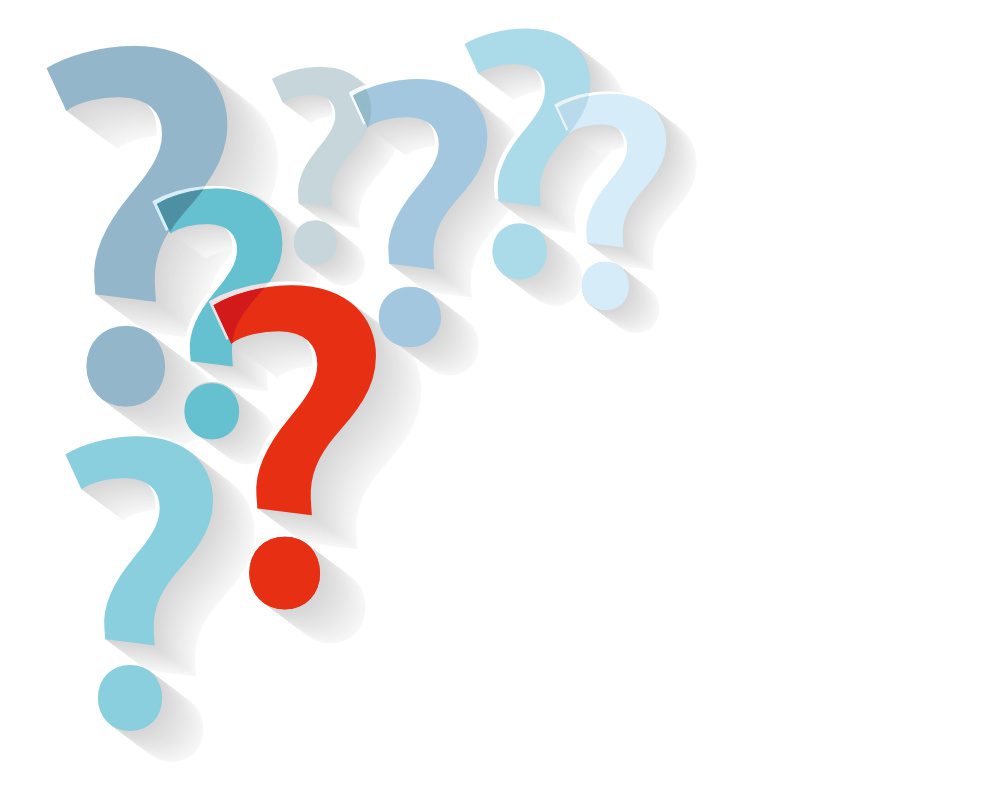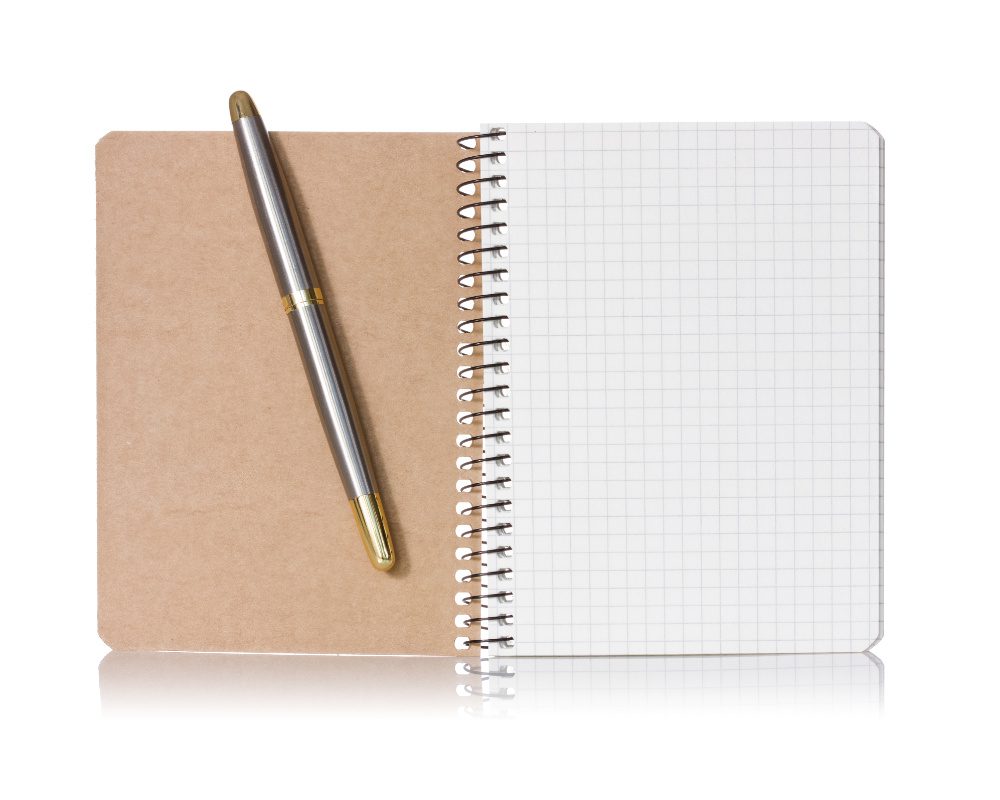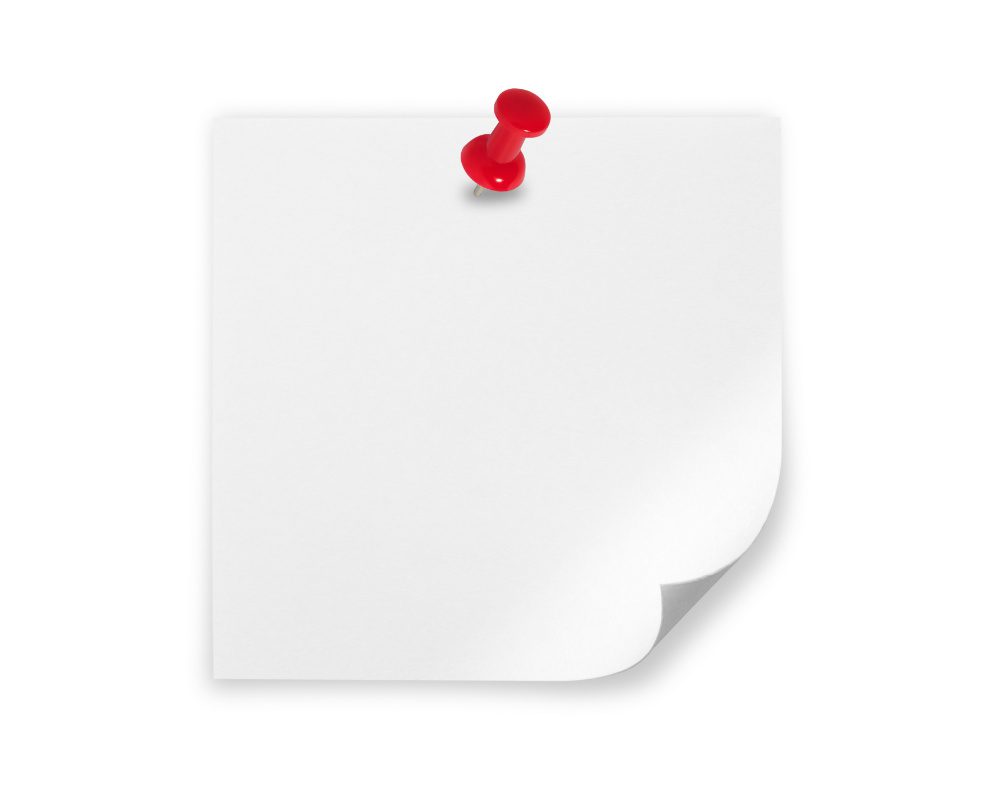
Did You Know?
Opportunities to observe children happen every day. It’s possible that you gather more information from observations than you realize. Think about an activity you recently planned for the children in your program. How did you select the topic or the materials you chose to use? How did you know how to pace the activity? Did what you know about the children in your program inform your choices and decisions?
Setting aside time and focusing your observations on individual children can lead to more purposeful planning. The more you observe, the more you learn about the children in your program. The more information you have, the easier it is to individualize the learning experiences and activities you plan. The result is a program that responds to the needs of children in developmentally appropriate ways.
Try It: Reflect Observe, Plan
Part 1: Reflect
Look at a recent lesson or activity you planned. Reflect on this plan and ask yourself the following questions:
- Why were these activities chosen?
- How did you know these activities were appropriate for the children?
- How did you know the children would be able to complete the activities?
- Did any children need help during an activity? If so, how did you accommodate the activity to support this child?
- If you repeated this activity, what changes would you make the next time, if any?
You may find the Reflect, Observe, and Plan sheet helpful for jotting down your thoughts.
Part 2: Observe
Choose a child to observe at different times throughout the day. Use a notebook or the Reflect, Observe, and Plan sheet to jot down your observations. Remember to be objective – write what you see and hear rather than what you think is happening.
Review your observation notes. Think about what you observed to help you answer these questions:
- What activities seemed to be the most interesting to the child?
- What activities did the child choose?
- What activities seemed to be the most engaging to the child?
- What did you notice about the child’s strengths and areas of interest?
- What kind of activities did the child avoid, if any?
- In what areas does the child seem more challenged?
- How does this child interact with others?
Part 3: Plan
Look at the activities you have planned for the next couple of days. Make adjustments based on any new information you gained from your observation. Share your observations in your next meeting with the child’s family and exchange thoughts and information on ways you can partner with one another to support the child’s progress.


Resources to save and share
For more information on individualizing your daily schedule and routines, check out these resources:
Watch
In this 3-minute video, hear about how both formal and informal observations of children help us build relationships, identify individual strengths and needs, and plan instruction: Observing Young Children.
Read
The Office of Head Start, National Center on Quality Teaching and Learning offers a tip sheet on ways to use the information you gather about children, or “data”, to adjust your plans and activities: Tips for Teachers: Using Data to Inform Teaching.
Share
Share this article with families to explain how observations are used as a part of assessments: DAP: Observing, Documenting, and Assessing Children’s Development and Learning.

